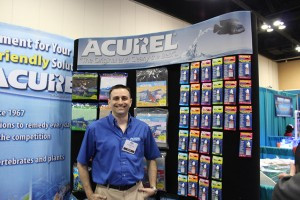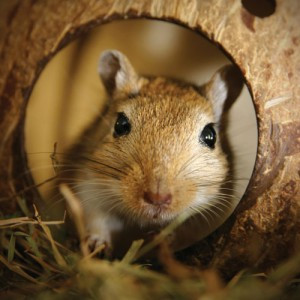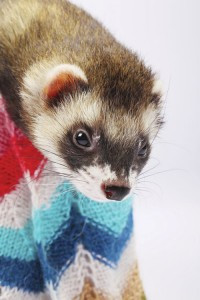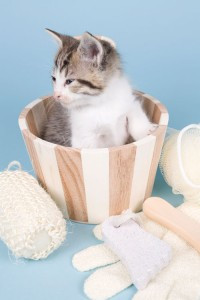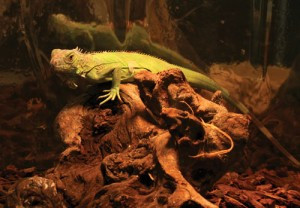A well-balanced diet is the foundation for a healthy lifestyle.
With life becoming faster paced and on the go, it has become a challenge for parents to keep fast foods and sweets out of their children’s hands on a daily basis. Even pet owners have, now more than ever, run into the issue of their pets becoming overweight while lacking proper nutrients.
But one must remember the term, “moderation.” 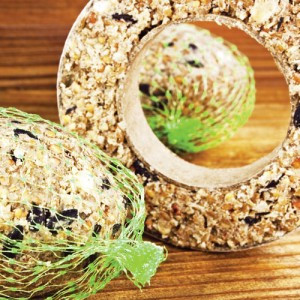
Sweets and treats are not the enemy, and instead should be used sparingly and with purpose.
Every bird enjoys a snack every now and again, and should receive them as long as they are kept on an otherwise balanced diet. By allowing birds to sample multiple types of treats, it will not only expand their pallets, but down the road, can make for simpler trick training and behavior modification.
No More Preservatives
Human trends are carrying over into the world of companion animals. Gone are the days of artificial food colorings and preservatives. Man-made fillers are now being replaced with all-natural ingredients.
Many pet food companies are now using human-grade ingredients to ensure pets are enjoying the highest quality product. Dog and cat food companies now offer refrigerated foods that include fresh meats without the use of preservatives, and avian food companies are following suit, providing customers with natural food and treat choices using fresh ingredients such as dehydrated fruits, vegetables and seeds.
Erik Christopher, president of Mango Pet Products, Inc., located in Rhode Island, explains that treating pet birds to a snack no longer means having to choose commercial foods.
“Offering this advice to your customers can be beneficial to both your customer’s and their bird’s well-being and your store’s bottom line,” Christopher said.
By providing customers with a variety of options, Christopher said, bird owners can either purchase healthy pre-made treat options or make their own.
By stocking shelves with treat bites such as Lafeber’s Nutri-Berries, which contains 26 percent pellets as well as papaya, pineapple and mango, or offering simple dried ingredients like raw seeds, unsalted nuts, dried cranberries, broccoli, peas and raisins, owners can choose the products that best suits their bird.
“Why not suggest them to make a variety of nutritional snack foods themselves as a 2014 New Year’s resolution and a personal commitment to their pet,” Christopher said.
Stocking shelves with several healthy and well-rounded treat options will allow for a larger variety of customers to successfully treat their birds and keep them happy and healthy.
“Your customer will be happier knowing that you’ve guided them with a nutritionally balanced snack selection and appreciate your store,” Christopher said.
Varying Tastes
A customer who knows their bird’s species and personality can make an educated guess as to what they may prefer, but tastes are constantly changing. Once a treat becomes regular and boring, birds may not have as strong a desire to work for their reward.
Ginny Lovett, owner of BirdSmart, located in San Diego, Calif., said the more treat options customers and birds are given, the better.
“We offer numerous types of treats since all birds don’t like the same thing,” Lovett said.
BirdSmart carries various flavors of Kaytee Fiesta treat products, such as Pop-A-Rounds and Treat Sticks, in a variety of flavors. The sticks are honey treats covered in different fruits and seeds, like dried blueberries, dehydrated carrots, toasted wheat flakes, flax seed and millet.
Kaytee’s Southwest Blend is another choice to stock for owners of large species parrots, such as macaws and cockatoos. This blend contains whole peanuts, coconut, dried red peppers and hulled pumpkin seeds, which provide not only a healthy alternative to processed treats, but stimulate the bird by allowing them to crack the shells and maneuver the food with beaks and feet.
BirdSmart also carries Ecotrition products, like the Grains and Greens blend, which is specifically formulated for cockatiels. This blend can be given as a treat by mixing it in to the bird’s regular diet to spice up the routine while adding a vitamin and mineral-enriched supplement.
If a customer prefers pelleted treats, Lovett recommends Harrisons and Roudybush products.
Roudybush Rice Treats allow owners to treat as much and as often as they choose. These rice treats offer a healthy and low-calorie alternative to seeds and nuts, and contain no added sugars or coloring. The pellet sizes come in “big or little” to appropriately feed various size birds.
Harrisons Power Treats are not only a healthy treat option, but can also be utilized as a transitional food for weaning or aging birds, as well as those who are transitioning from a seed to pelleted diet. This treat offers supplemental energy by incorporating a balance of fatty acids, and includes organic Brazilian Red Palm fruit oil.
“We try to encourage our human-grade dehydrated fruits and high quality nuts for the larger birds; for instance, macaws that need the large nuts for fat, etc., a hazelnut are good choices if the bird likes them,” Lovett said.
The Purring Parrot, owned by Maria and Patrick Brinson in San Diego, Calif., pride themselves on their natural treat options.
“We try and keep all our ingredients healthy so our products are made without sugar, salt, soy, artificial ingredients, milk or preservatives,” Maria Brinson said. “We also use most human-grade ingredients.”
By eliminating the amount of processed ingredients as well as dairy products, which are difficult to digest for birds, The Purring Parrot can offer treats that are similar to foods found in a bird’s natural habitat. The more fresh fruits and vegetables available, the better, and offering smalls amounts of unprocessed nuts and raw seeds is greatly beneficial.
The Purring Parrot is a specialty bird store as well as a boarding facility and bakery, where bird guests are treated to the confections fresh from the birdie bakery.
“Our birdie muffins are very popular,” she said. “We have five different kinds, but the Fruit Anise nut is the most popular. We also have our own stovetop mixes, seed mixes, sprouting mix and cooked grains.”
– Erin Salley

